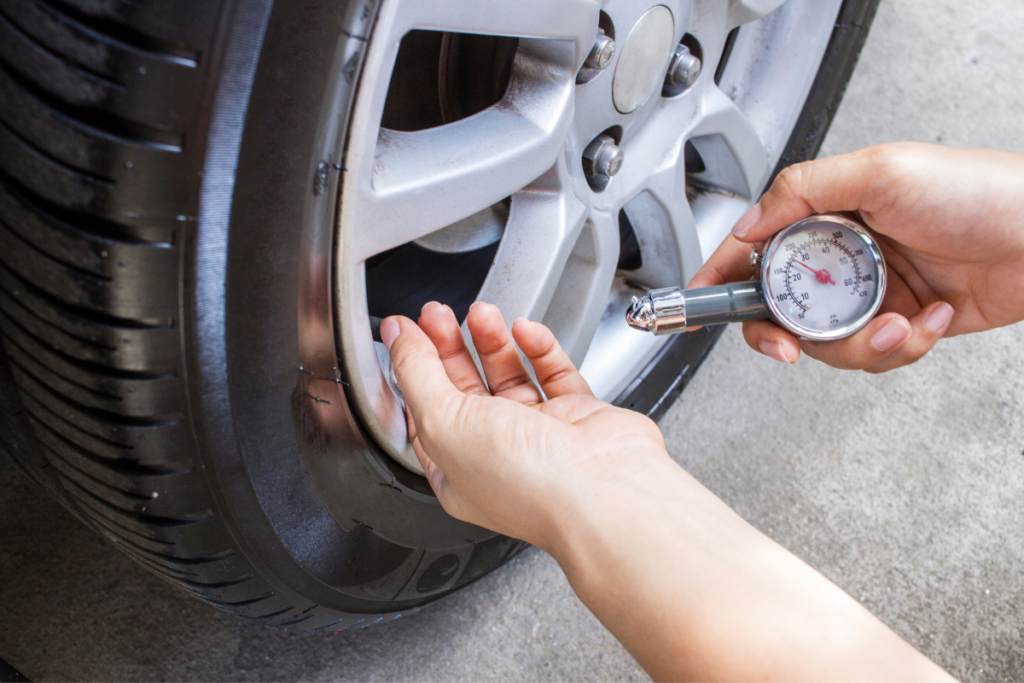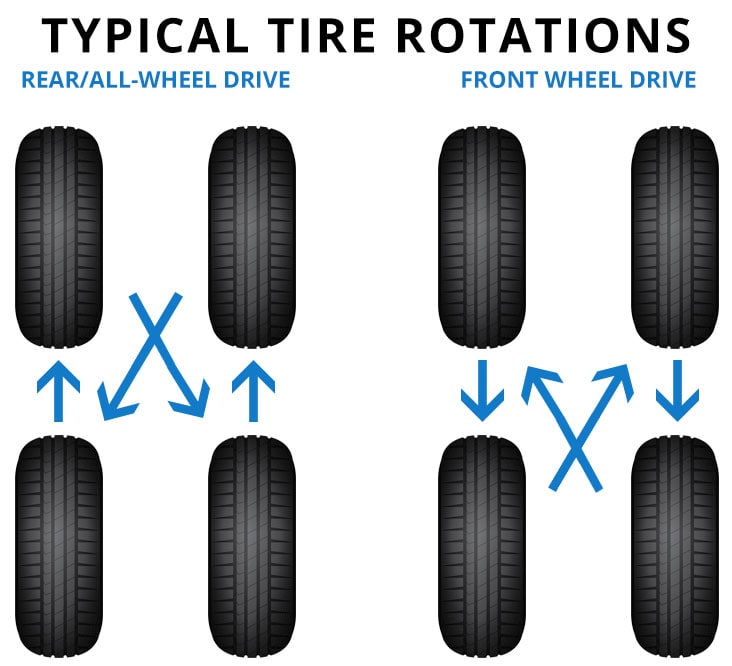There’s no question about the importance of the tires. Responsible for supporting the car’s weight and for its contact with the ground, they guarantee stability and safety when driving. Therefore, it becomes fundamental to understand how to protect the tires of your car.
If they are well preserved, you can drive up to 40 thousand kilometers with the same 4 tires. However, it is necessary to ensure that they remain in good condition. To do so, all you have to do is pay attention to the signals your car gives and adopt a more responsible driving style.
Get to know, in detail, 9 tips to protect the tires of your car and, consequently, extend their useful life.
Read also: Turbo: what is and how to protect
Know the main characteristics to protect the tires
The first step in knowing how to protect the tires is to actually know the features of the tires.
On the side, you can find important information about them. Dimensions, model, maximum load and pressure, recommended high speed and production date are some of the data you can find written in the tire.
It’s essential you know these characteristics to ensure that you get the proper use out of your tires. For example, if you know the maximum weight you can avoid overloading your vehicle and prevent damage to the tire’s internal structure.
Visually inspect the tires
Create a habit of checking your car’s tires. Only by looking you’ll notice if there are objects stuck in the tires, like nails, wire, or rocks, that must be removed.
At the same time, you should be looking for irregular tire wear since this reveals steering and suspension problems. For example, if you notice internal or external (not both sides) tire wear, it’s a sign of bad wheel alignment. On the other side, if the wear is not linear across the surface of the tire, this could point to a suspension problem.
Check the tire wear
“Don’t drive with bald tires”. This is one of the first lessons taught to the new drivers. But do you know what the minimum depth value is?
If you check, every tire has a 1,6 mm high rubber bulge that runs across the grooves and usually is accompanied by the initials TWI or a triangle. This is the tire wear indicator. When the tire wear reaches this mark, it means it’s on the safety limit, and it’s time to buy a new tire.
On trucks, the tire wear indicator can have a different height.

Control tire pressure
Pressure is essential for the durability of the tires and the safety of your car. And controlling it is key to keep the pressure values within the recommended range by the manufacturer. Excess or defect of pressure reduces the tires’ grip on the ground and affects the car’s stability.
On the driver’s door or on the fuel tank cap, you find a tag with the recommended pressure value by the manufacturer. Don’t use the number written in the tire because the pressure number may not be the one indicated for your car.
It’s recommended to check the pressure monthly or before taking a long trip. Avoid checking when the tires are hot, as there may be a difference in pressure due to the high temperatures. Therefore, you should wait 2 hours, or, if you can’t wait, add 0,3 bar to the recommended pressure.
Align the wheels
Steering plays a key role in premature tire wear. A bad wheel alignment causes a lack of traction and stability, premature wear of mechanic components, and, in severe cases, risk of breakage.
Wheel alignment is usually done every 10 thousand km. This process straightens the 4 wheels to fully align them to the surface. This is to prevent them from dragging and increasing tire wear.
However, the alignment can be done at any time, especially if you change tires or any suspension component or if the car suffers a strong impact. Besides, if you sense vibrations on the steering wheel or if the vehicle swings sideways, you should go to a specialized garage.
This process is done by placing lead weights at specific points on the wheel to turn evenly on its own axis.
Read also: 10 Myths about cars: Part 1
Align the suspension
Like the steering, it is recommended to align the suspension every 10 thousand km. This is an important process because the wheel and tire assembly is designed to react in a certain way to the torque applied to it. If the suspension is out of alignment, the wear on the tire will be uneven, which will cause it to wear prematurely.
Nevertheless, you don’t have to wait for the 10 thousand km to check the alignment. Every time you feel the driving strange and the car swinging, you should go to a specialized workshop.
Rotate to protect tires
The tires on the front axle usually wear out faster. So to reduce medium and long-term expenses, you can rotate the tires of your car. This rotation standardizes the wear in all tires, which allows a uniform set throughout its life, and a more stable and efficient driving experience.
On average, the rotation is done every 5/10 thousand km. The usual is to exchange the rear tires for the front ones. But you should consider the side on which the wheels are installed and if they were on a driven axle.

Watch out for obstacles on the road to protect the tires
There is no shortage of enemies of your car tires on the roads, be they highways, municipal roads, or within towns. Potholes, stones, speed bumps, and damaged manhole covers are some of the elements that can damage tires. In these cases, adopt a preventive approach and reduce speed.
Also, avoid sudden braking, as it requires much more friction between the tire and the ground.
Replacing the valves
Valves are responsible for conserving air and preventing moisture from entering the tire. For this reason, it is recommended to use high-quality caps that prevent dust particles from obstructing valve operation.
Since they are made of rubber, valves wear out over time. They can be damaged by high speed or careless handling when measuring pressure.
Wear and tear on valves affect the performance of tires since they can allow air loss. If this is the case, you should replace them as soon as possible so as not to compromise your safety. You should also change the valves whenever you buy new tires.

